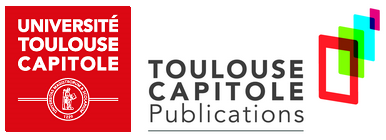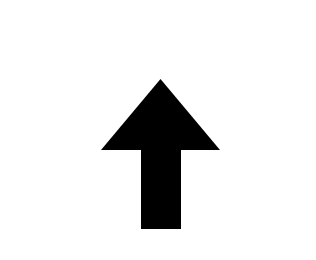Collard, Fabrice and Licandro, Omar
and Licandro, Omar (2025)
The neoclassical model and the welfare costs of selection.
Review of Economic Dynamics, vol. 57 (n° 101284).
(2025)
The neoclassical model and the welfare costs of selection.
Review of Economic Dynamics, vol. 57 (n° 101284).
This is the latest version of this item.
Abstract
This paper embeds firm dynamics into the Neoclassical model in a framework with partially reversible capital and investment distortions, allowing for a simple characterization of the transitional dynamics of economies moving towards greater selection. At equilibrium, aggregate technology is Neoclassical, with the quality of capital and the depreciation rate depending on selection. As investment distortions are corrected, selection increases, and both output per capita and welfare rise at the steady state. However, selection destroys existing production capacities, leading to transitional welfare losses. When calibrated to the US, the model shows that developing countries reducing investment distortions to US levels would experience substantial steady-state welfare gains, though transitional costs could absorb 70% to 76% of these gains. While the associated welfare gains from selection at steady-state are significant, between 10% and 23%, transitional costs largely offset these additional welfare gains.
| Item Type: | Article |
|---|---|
| Language: | English |
| Date: | July 2025 |
| Refereed: | Yes |
| Place of Publication: | San Diego |
| Uncontrolled Keywords: | Firm dynamics and selection, Neoclassical model, Capital irreversibility, Investment distortions, Transitional dynamics, Welfare gains |
| JEL Classification: | D6 - Welfare Economics E13 - Neoclassical E23 - Production O4 - Economic Growth and Aggregate Productivity |
| Subjects: | B- ECONOMIE ET FINANCE |
| Divisions: | TSE-R (Toulouse) |
| Site: | UT1 |
| Date Deposited: | 23 Sep 2025 14:29 |
| Last Modified: | 23 Sep 2025 14:30 |
| OAI Identifier: | oai:tse-fr.eu:130899 |
| URI: | https://publications.ut-capitole.fr/id/eprint/51186 |
Available Versions of this Item
-
The Neoclassical Model and the Welfare Costs of Selection. (deposited 08 Sep 2021 08:51)
- The neoclassical model and the welfare costs of selection. (deposited 23 Sep 2025 14:29) [Currently Displayed]




 Tools
Tools Tools
Tools

